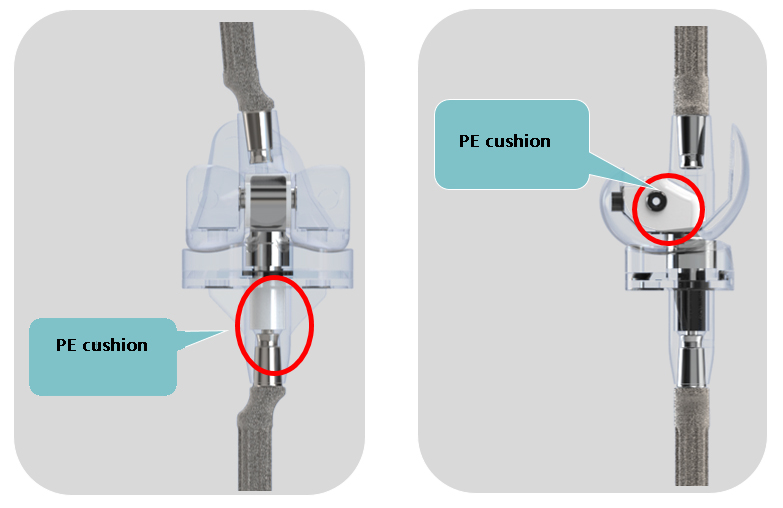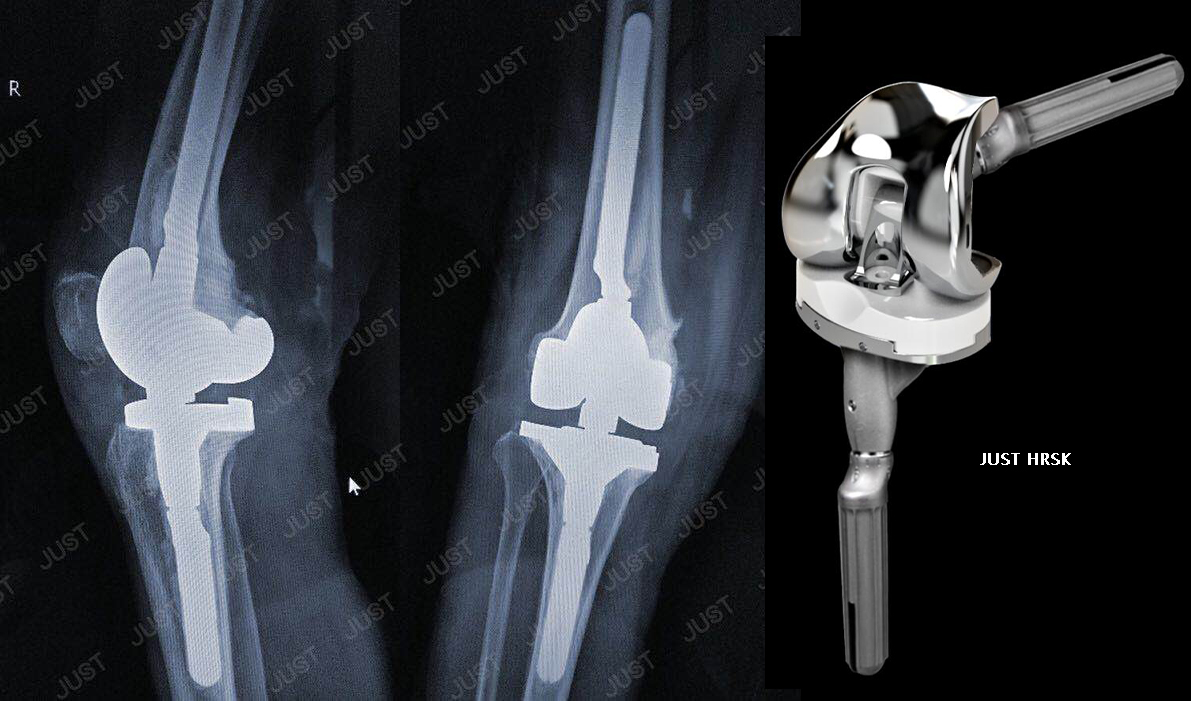Rotating hinge: a simple and effective solution for complex knee arthroplasty
 Mar. 15, 2021
Mar. 15, 2021
Rotating hinge: a simple and effective solution for complex knee arthroplasty
Total knee arthroplasty is through the stable fixation of prosthesis and host bone to achieve joint function recovery and stable range of motion consistent with patients' daily activities. In general, the limitation of prosthesis increases the stress on the support surface and bone interface, which may lead to early mechanical failure of prosthesis. Therefore, the prosthesis with the minimum limitation is preferred. At the same time, the selection of prosthesis should be based on the amount of bone loss, ligament state and soft tissue stability. In some cases, relying on a simple large polyethylene column (CCK type prosthesis) can not be a good solution, while rotating hinge type prosthesis can provide a simple and effective solution. The literature shows that the indications based on bone and ligament conditions are not clear, whether it is primary replacement or revision replacement, but some researchers suggest that the absolute indications of rotating hinge knee prosthesis include: (a) anteroposterior instability, especially if there is a very large flexion gap compared to the extension gap, (b) complete absence of the medial collateral ligament, (c) lateral rotational instability due to complete absence of any lateral stabilizing structures and (d) complete absence of any functional extensor mechanism resulting in a swing-through gait.
Hinged knee is the first type of prosthesis used in knee arthroplasty. Since the 1950s, it has gone through three stages, from the simple hinge that only allows flexion and extension to the rotating hinge. We adopt the third generation of rotating hinge design (see Fig.1), which reduces the force transmitted to the bone interface structurally. Through the modular design, we cooperate with the femur, tibia pad and extension rod It can reappear joint line more accurately, improve serious bone defect and realize stable fixation.
JUST HRSK rotating hinge knee system
Structural design, stress buffer, reduce the loosening of bone cement interface, at the same time, avoid the metal-metal interface erosion.

To solve the problems of bone defect and prosthesis fixation and ensure the long-term safety and effectiveness of complex revision problems.

Studies have shown that the rotating hinge knee prosthesis has a good survival rate in 10 years, ranging from 51% to 92.5%, and the incidence of complications is 9.2% to 63%. In the literature, rotating hinge knee prosthesis is most commonly used in infection, aseptic loosening, instability and bone defect. Through strict screening of indications, rotating hinge knee prosthesis is a good choice in the case of severe knee instability, loss of ligament function and serious bone defect, which can provide a simple and effective solution.













